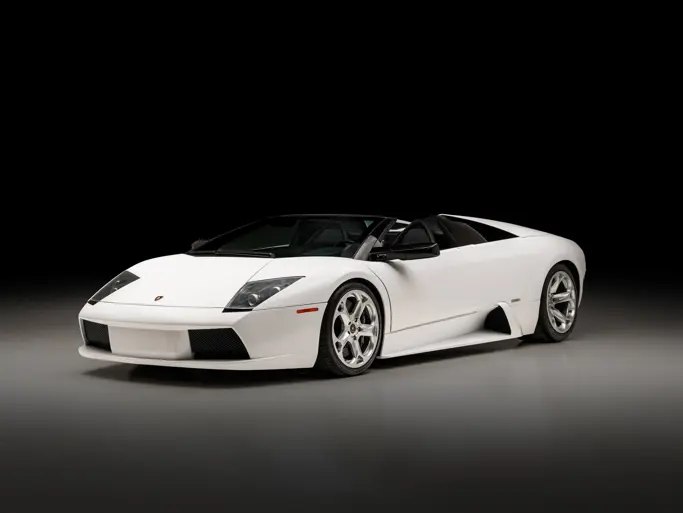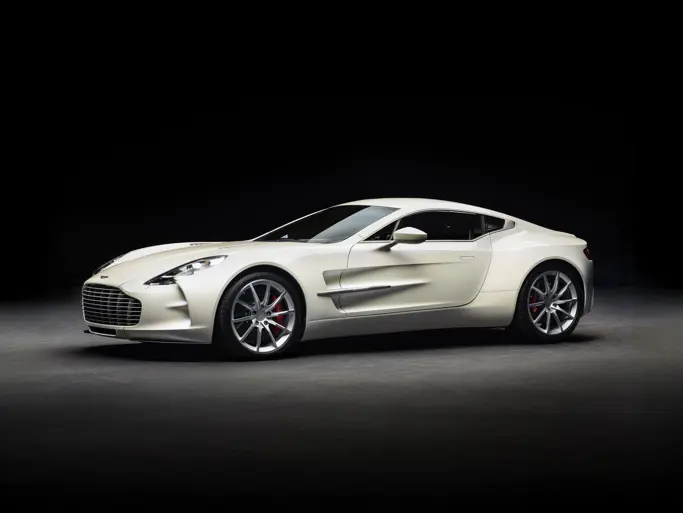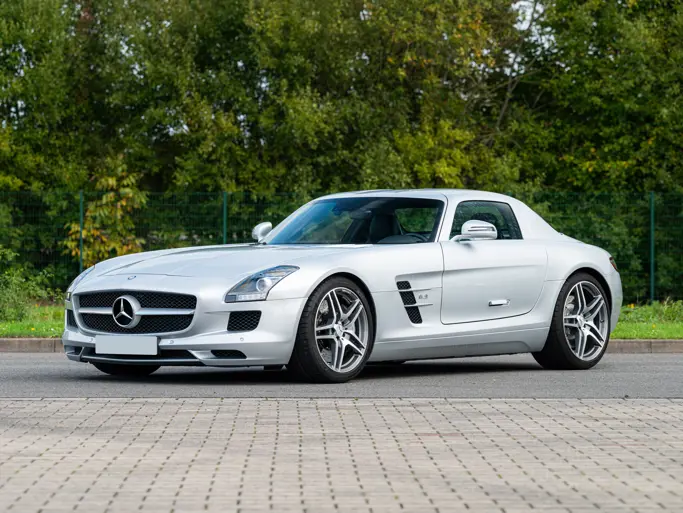“Mercury is a brand sending a message that modern design will lead its rejuvenation,” the company boasted at the North American International Auto Show in Detroit back in 2003. “Mercury is returning to its roots as a design leader introducing the Messenger concept, a distinctive and energetic high-performance two-seat sports coupe.” Indeed, invoking the image of its namesake, the Roman god of speed and agility and messenger of the heavens, Mercury mavens rolled out a sleek front-engine, rear-drive concept coupe.
The energetic stance and supple appearance are enhanced by 20-inch wheels with 305-mm wide tires on the rear and 19-inch wheels with 275-mm wide tires on the front. The spoke wheels have a turbine theme, with vanes reflecting the Mercury "flying M" logo. The functional vanes help direct airflow over the brakes. Large, beautifully-sculpted front air scoops and outlets at the front and rear of the vehicle provide a purposeful and powerful look.
The compact and efficient exterior package provides a cockpit-like driving environment, with seats mounted laterally to the tunnel and rocker panel to further strengthen the lightweight aluminum hydro-formed monocoque, while forming part of the integral occupant safety cell. The central console incorporates a centrally mounted chronograph. The clock, like all key elements, is in close proximity to the driver to allow split-second comprehension and reaction during high-performance driving.
Projected specifications for this car included a 302-bhp DOHC version of Ford’s 4.6-liter modular V-8 engine, hooked to a six-speed sequential automatic transmission, computer active independent suspension and four-wheel power anti-lock brakes with Brembo discs and high-performance calipers. This car is a rolling interior and exterior display model, without a drivetrain.
"At the North American International Auto Show, Mercury is a brand sending a message that modern design will lead its rejuvenation, beginning with its new Messenger concept coupe.
Mercury is returning to its roots as a design leader introducing the Messenger concept, a distinctive and energetic high-performance two-seat sports coupe.
The Messenger concept car represents the first expression of Mercury's new design DNA with a clean, technical appearance that begins to establish the look of Mercury products still to come. Mercury will introduce four new products over the next four years including a minivan, a small sport utility and two cars.
The body surface reflects the car's power and grace, with flowing body lines that are accented with purposeful air intakes and outlets… The dynamic fluidity of the Messenger's lean and taut form is expressed at rest as much as it is in movement.”
—- Gerry McGovern, design director, Lincoln Mercury.
The reality of building and selling cars for profit meant that if Ford would have put the Messenger into production, it probably would have had to share a basic platform with the Mustang. But the Messenger never got past the rolling display model. Without an engine or drivetrain its new owner will just have to imagine the rumble of a 302-hp, 4.6 liter V-8 running through a six-speed, sequential manual gearbox. Mercury had indicated that the Messenger would have had steering column-mounted paddle shifters, Brembo brakes, and a four-wheel, independent, computer-controlled, active suspension. With a lightweight, aluminum monocoque body, the Messenger would surely have been quick. Had the car been built, it clearly would have put Mercury in a whole new league.
This vehicle is not DOT or EPA certified. It cannot be registered for highway use in the United States, and is offered on bill of sale only.

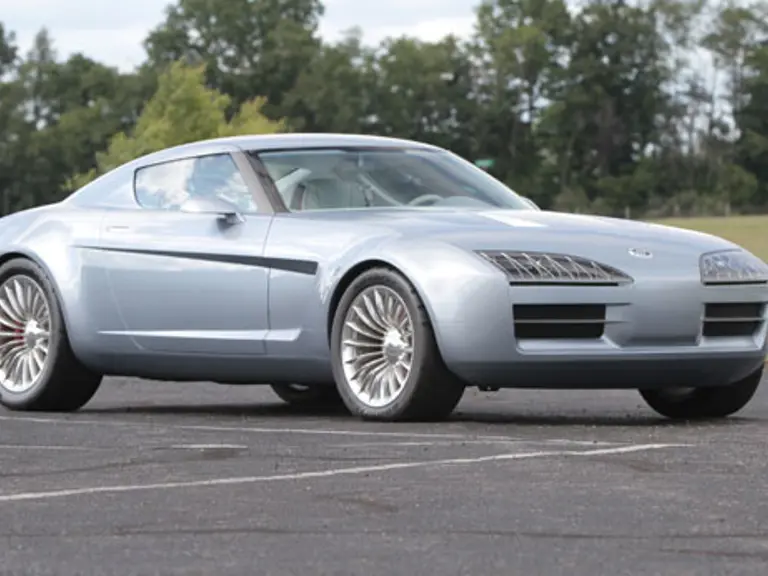
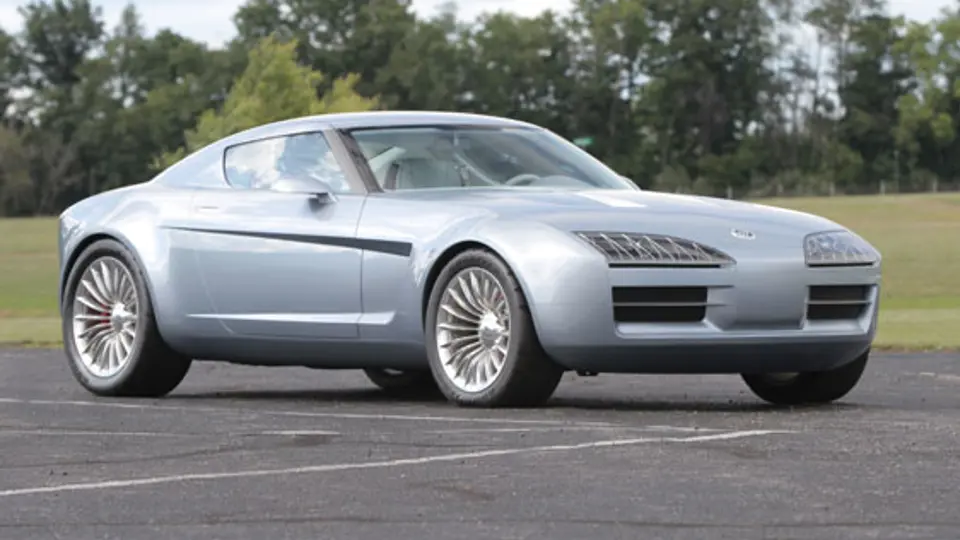
 | Auburn, Indiana
| Auburn, Indiana
